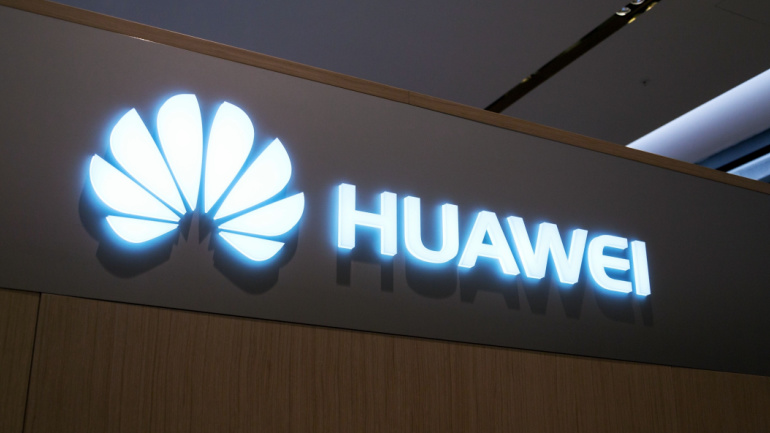In response to the soaring global demand for fast, secure connectivity, China Mobile International Limited (CMI) is significantly investing in four new submarine cable systems. These systems promise to robustly service the substantial growth in mobile data usage in quickly digitising regions such as Africa. However, as aging cables become outdated, the race is on for fresh investment to keep pace with customer needs and the rapid development of next-gen technologies.
The 2023 Asian Games offered a glimpse into the future of event tech, from eSports to AI-driven systems. Among the innovations, a standout was ‘RADICAL’, an intelligent digital solution by Huawei and China Mobile Zhejiang, designed to manage intense 5G traffic, ensuring an exceptional experience for attendees.
China’s “dual carbon” mandate is reshaping data centers, creating an eco-conscious equilibrium between robust computational power and sustainability. Consider China Mobile’s Hohhot data center, built with Huawei, melding massive computational potential with cutting-edge energy-saving technologies.
Against a robust backdrop of escalating system complexity, cloud-native DevOps emerges as a promising tool to simplify system development. Leveraged by Internet giants and SMEs alike, it’s heralded for boosting innovation efficiency and expediting industry monetization. Yet, its implementation is not without hurdles, as highlighted by China Mobile Jiangsu’s experiences. Their collaboration with Huawei, however, turned the tide, unraveling the potential of agile delivery and intelligent O&M to drive business growth.
The surging interest in cloud-based applications represents a flourishing sector of the tech sphere, by providing an enhanced user experience and considerable savings on terminal investments. Telecommunication giant, ZTE, demonstrates this potential with their virtual STB (vSTB) solution in the television industry – a pioneering effort that bypasses traditional terminal downturns hampering TV service expansion. This solution effectively confronts challenges of limited service quality and hard adaptation processes linked with operator TV services, and eliminates sizable terminal outlays. Similarly, the cloud STB product presented by China Mobile and ZTE capitalises on China Mobile’s robust computing capacities and thus streamlines content broadcast to every terminal.
China Mobile showcased its decade of Network Function Virtualization (NFV) innovations at the recent MWC Shanghai, demonstrating how this swift, stealthy technology is redefining the telecommunications landscape. NFV, simplifying network operations by converting physical services into virtual ones, offers benefits like operational efficiency and cost reduction. However, the integration of NFV comes with its hurdles including disrupting long-established procedures and system stability. Nonetheless, the prospect of streamlining network operations and bolstering future technological advancements underscores the appeal of overcoming such obstacles.
Ningbo, a vibrant economic hub in China, is transforming into a smart manufacturing center, committing itself to superior digital infrastructure. The heart of this strategy encompasses a six-layered approach focused on efficient information transmission that fosters industry digitization. With established leadership in 5G industrial internet, and over 600 private networks already deployed, the city provides a gateway to the digital future. Innovation extends beyond large corporations, with solutions ranging from on-premise to lightweight 5G private networks, thus catering to businesses of all sizes. The impact is far-reaching and the future, promising, as China Mobile Ningbo aims to address industry-specific challenges with targeted 5G solutions.
Telecom operators globally embrace digital transformation, with East Asia dominating the top positions in Omdia’s benchmark. China Mobile leads, driven by high-speed broadband deployment and innovative service development, followed by SK Telecom’s AI-focused reinvention.
Hong Kong is subsidizing 5G base stations in rural and remote areas to boost mobile coverage and promote smart tourism. The scheme, backed by up to HK$200 million, targets isolated villages and country parks, aiming for 98 percent coverage on major hiking trails.
The GTI’s global recruitment drive for its Intelligent RAN, Ubiquitous AI Project seeks to explore the potential of integrating AI with 5G-Advanced networks. By creating open research labs globally, it aims to pioneer innovative applications, enhancing network performance and unlocking new opportunities.













